6 Tips To Fearlessly Explore Your Kinks
Most people today would define a kink is an intimate fantasy or act that falls outside the realm of "normal" sexual behavior. However, much of society views the term with a negative connotation. Kinks may be associated with negative connotations because they were initially defined as a twist or knot in a rope. So when the meaning of the word began to be associated with people's intimate desires, it applied a stigma by implying that a person with a kink is someone who has a "twist" or "knot" in their sexuality. As if this word isn't stigmatized enough because of its origin, the way most of society perpetuates the stigma around sex and sexuality has left many people feeling embarrassed or even downright ashamed of their kinks.
Shame is a powerful inhibitor and can impact a person's ability to interact with their kinks, fetishes, and desires healthily and safely. When people struggle to accept themselves and their interests, it can lead to deeper problems in society, such as adding to the already soaring numbers of those suffering from mental health conditions. People should feel safe and comfortable to explore their authentic selves, yet feeling shame or being unable to accept oneself can lead to sadness, discomfort, anger, and stress.
Kink Is A Creative Way To Find Pleasure & Fulfill Fantasies
Kink can be a creative way to find pleasure and fulfillment and give people the opportunity to live out their fantasies. This is why kink education is essential: not only does it work to destigmatize kink and help people feel more comfortable with themselves, but it also gives people the opportunity to learn how to explore their kinks and interests free of fear, shame, or self-judgment.
So here are six crucial tips to explore your kinks shamelessly and fearlessly:
1. Kink Play Isn't Always Sexual In Nature
It's important to note that while most people associate kink with sex, kink does not always lead to sex, nor is it always sexual in nature. Making this distinction is imperative because viewing kinks as purely sexual can alienate those who experience kinks in a purely platonic way. Individuals on the asexuality perspective or people who are simply not interested in the sexual side of kink also need to have a voice and be recognized for their desires. It is entirely possible for a person to find pleasure from other aspects of kink or enjoy different forms of play that are not sexual. One of the key aspects of kink that can be non-sexual is the dynamic or power exchange at play. Whether it is a Dom/Sub, Sadist/Masochist, Big/Little, or another type of power exchange dynamic, pleasure can be experienced in a multitude of ways. For example, someone may enjoy the sensation of being spanked but may not want it to go further than impact play.
Platonic dynamics can exist and deserve just as much recognition as romantic and sexual dynamics. For this reason, some specific terminology helps to take the sexual connotation out of kink and allows it to be discussed without assuming that sex is involved. Kink play, or play, is generally used to describe what happens when someone acts out a kink or kinks, whether or not they include sexual acts. Another important term is scene, which defines the time when kink play is happening, and generally has a start and end.
All in all, kink is what each person makes of it. It is a place for individual creativity and an exciting collaboration with a partner or partners to create pleasure, connection, sensation, and fun! Kink is meant to be enjoyable for everyone involved and does not need to conform to one person's idea or a single definition.
2. Clear Consent And Communication Is Key To Kink Exploration
While kink can be an exciting way to live out fantasies and pleasure in innumerable ways, there are a few essential things to consider before you try it or ask a partner or partners to try it with you. The most crucial baseline before participating in kink play or play is clear consent and communication.
Firstly, everyone involved in the scene, as well as anyone else who might see it, needs to give explicit consent. Next, an individual's boundaries and limits must be clearly communicated to make a scene run as smoothly and enjoyable as possible. No one should ever feel pressured into trying a kink if they are unsure or uncomfortable with participating in the act or scene; therefore, communicating about what each person involved in a scene wants and listening to and respecting their limits is a crucial way to build trust before participating in any form of play.
3. Think Safety First Before Engaging in Kinks
Safety is another major factor to think about before acting out kinks. Many kinks may not pose any safety risk, but many others can be highly unsafe when done without proper precautions and understanding. For instance, while rope play looks simple and safe, it takes time, research and/or guidance, and practice to do it safely. The person tying their partner needs to clearly understand how to tie knots, as well as how to untie them. They also need to be able to create proper tension without cutting off circulation and have the necessary tools ready to release the rope in case of an emergency or the use of a safe word.
Moreover, the person being tied should understand the knots and how proper tension feels on their body. Proper rope play knowledge will help avoid possible injury or unwanted discomfort. Undeniably, some aspects of kink play may be risky, so it's important for all participants to prioritize safety before embarking on new kinky adventures!
There are two main models of kink safety. One is called Risk-Aware Consensual Kink, or the RACK model, and the other is the Safe, Sane, and Consensual kink, or SSC model.
Risk-Aware Consensual Kink (RACK) Model
Risk-aware consensual kink is a model that accepts all kinds of kinks and more intense activities, given that all parties are fully aware of any risks and have given explicit consent. They must also understand any and all possible dangers and be of sound mind when they consent.
Safe, Sane, And Consensual Kink (SSC) Model
Safe, Sane, and Consensual is the idea that kink play should only be done within the boundaries of safe, sane, and consensual activities. The main difference between the SSC model and the RACK model is that while both require participants to be of sound mind (sane) and consent before playing, SSC deems that all activities being participated in should also be "safe". The SSC model is less popular than the RACK model because some argue that most kinky activities would not be considered safe and that even low-risk activities can still result in injury. Most importantly, in any scene that includes others, consent, knowledge, and communication are integral to a safe experience.
4. Getting Kinky Isn’t A One-Size-Fits-All Adventure
When discussing kink, it's essential to realize that no kink is one size fits all. Kink, along with the different dynamics involved, has a great deal of variety. In fact, some kinks, despite falling under the same name, can be vastly different due to an individual's interpretation of the kink or dynamic involved. While two people may have a kink for being restrained, one might enjoy using handcuffs while the other prefers to be tied with rope. Another example might be two people interested in a Dom(me)/sub relationship. These individuals might have completely different ideas about the exchange. How often, what things they want to do within the dynamic, and the role(s) they want to play are all open to interpretation. This is another reason consent, communication, and negotiation are integral to kink.
Everyone involved in a kinky activity should understand what their partner or partners mean when they express interest in a particular kink or type of play. Therefore, learning to negotiate effectively can help people avoid misunderstandings or confusion about everyone involved in the scene's wants, expectations, and desires. Negotiation is the discussion that happens before play where each person discusses their interests, limits, safe words or signals, aftercare, triggers, and other important information that might be helpful to have a successful scene. This discussion should involve specific descriptions of what each individual wants and is ultimately a collaborative effort meant to give everyone a clear understanding of what to expect during and after the scene.
Those new to kink may not realize that what happens after the scene should also be part of the preparation for the scene. Aftercare is what someone might need so that they can come down from the heightened feelings that kink sometimes causes, and it is based on individualized needs and experiences. The negotiation prior to the scene gives people the opportunity to communicate specific needs and wants with their partners before the scene begins, and also allows them to set up safe words or signals. Safe words enable the freedom to rescind consent during play or allow partners to communicate their current state of mind or needs at the moment.
5. Consistent Communication Is Vital To Kink Play
No matter how well kink play scene participants communicate beforehand, it should not negate or change the fact that communication should not end when the scene begins. At any moment, both partners have the power to call an end or stop to play with either a safe word or a safe signal. The most common and effective safe word, especially for new kinksters, is the use of the colors red, yellow, and green. In this instance, red is a hard stop, yellow means slow down or ease up, and green means that everything is good. This color system is a great way to gauge how a scene is going for each person without entirely stopping the scene to discuss the comfort, pleasure, and safety of the kink play. Sometimes, however, safe words aren't always possible. Suppose a person is gagged or loses their ability to speak while in the heat of play; it would be beneficial to use a safe signal instead. A safe signal could be as simple as holding a squeaky toy in their hand and squeezing it or tapping three times to signal that they need a break or want to stop. Choosing safe words or signals that are clear, easy to identify, and are not words or signals commonly used during play is the key to setting up a safe scene. Kink should be enjoyable for everyone involved, so healthy communication before, during, and after play is essential.
It's vital to have a debriefing conversation after the scene's conclusion, immediately or even a couple of days later. This type of conversation is beneficial because it allows everyone to discuss what went well, what didn't, and what each person might like to do differently in the future, allowing everyone involved to learn and grow their confidence around kink. While kink may take a lot of preparation and care to start, the more one communicates, practices, and experiments, the easier and more comfortable it will become.
6. Kink Play Isn’t Like What You See In Porn
It can be a difficult process when someone is ready to set up their first scene. While they might have ideas based on the things that usually interest them, there may be some aspects that still feel unclear. While pornography may give someone a sense of what they like or don't like, it's important to remember that it is not reality and videos are often cut up and reshot, parts are often removed, and the people involved are usually paid actors who are being directed by a whole team. Ultimately, creating a scene that works will take time, active communication, and probably some awkward moments and mistakes. It may even feel scary at first. It's normal for something so unfamiliar to cause trepidation, but everyone deserves to find out what brings them pleasure. Complex scenes may even take multiple tries before it works out the way it is anticipated. Be patient and take small steps; the confidence will come, and so will the fun!
There’s No Shame In Getting Downright Kinky
Everyone deserves the opportunity to live authentic and fulfilled lives, which means exploring their kinks and interests for many. In today's world, no one should suffer from shame around their interests or feel unable to express themselves because the things they enjoy are not considered part of the 'norm.' Shame does not belong where healthy and positive sexuality should be. Kink is a normal and natural means of expression. Humans have been experimenting with it for hundreds of years, so it's time to reverse the negativity around kink and help everyone feel confident exploring their fantasies in safe and consensual ways.
October is National Kink Month! Many people are kinksters but don’t know what kink is, how to explore it, or how to educate themselves on kink. Lala's Bedtime Tales’ mission is to provide a safe space and judgment-free zone to educate yourself on sexual health & wellness. The Sexual Health & Wellness corner will have monthly articles dedicated to continuous education on living a positive and sexually healthy lifestyle. Subscribe to Lala's Bedtime Tales Newsletter and follow @LalasBedtimeTales on social media to never miss any sexual education to help you live the healthiest life possible. Also, check out Lala's Bedtime Tales Podcast and Lala's Oh So Exclusive Patreon account for even more content! If you’re browsing for sexy pleasure products or cute giftable items, then check out Lala’s Pleasure Shop.
Lala's Bedtime Tales Disclaimer
The content displayed on this website is the intellectual property of LaLa's Bedtime Tales "The Creator". Without our written consent, you may not reuse, republish, or reprint such content. The subject matter on LaLa's Bedtime Tales is provided by licensed medical providers and from reputable sources but is meant for educational and informative purposes only. It is not meant to be used for self-diagnosing or self-treatment any health-related conditions. While the information has been peer-reviewed by a licensed healthcare provider for accuracy, we cannot guarantee any inaccuracies as healthcare is rapidly evolving, and this information should not be used to substitute professional medical advice in person. The Creator is not responsible or liable for any damages, loss, injury, or any negative outcomes suffered as a result of personal reliance on the information contained on this website. The Creator also makes no guaranteed positive outcomes. Information is also subject to change as needed without notice, and "The Creator" reserves the right to do so.
Please consult your healthcare provider before making any healthcare decisions and ask for guidance for specific health conditions. Please do not disregard the advice of your healthcare provider or delay seeking care for health care conditions.









